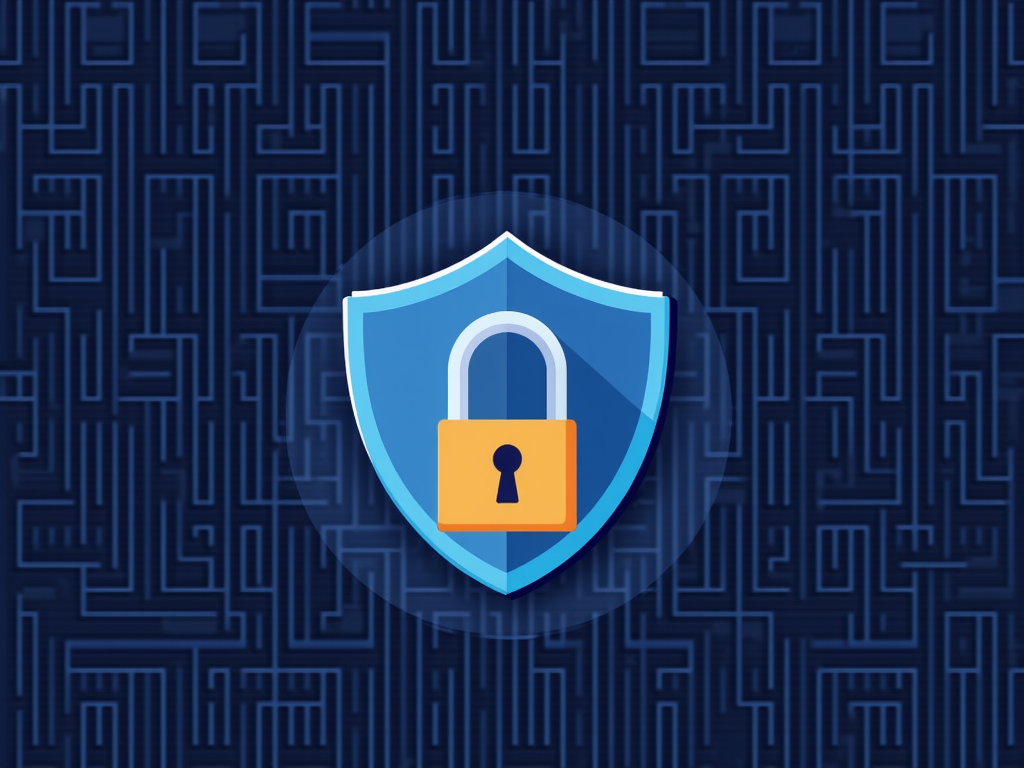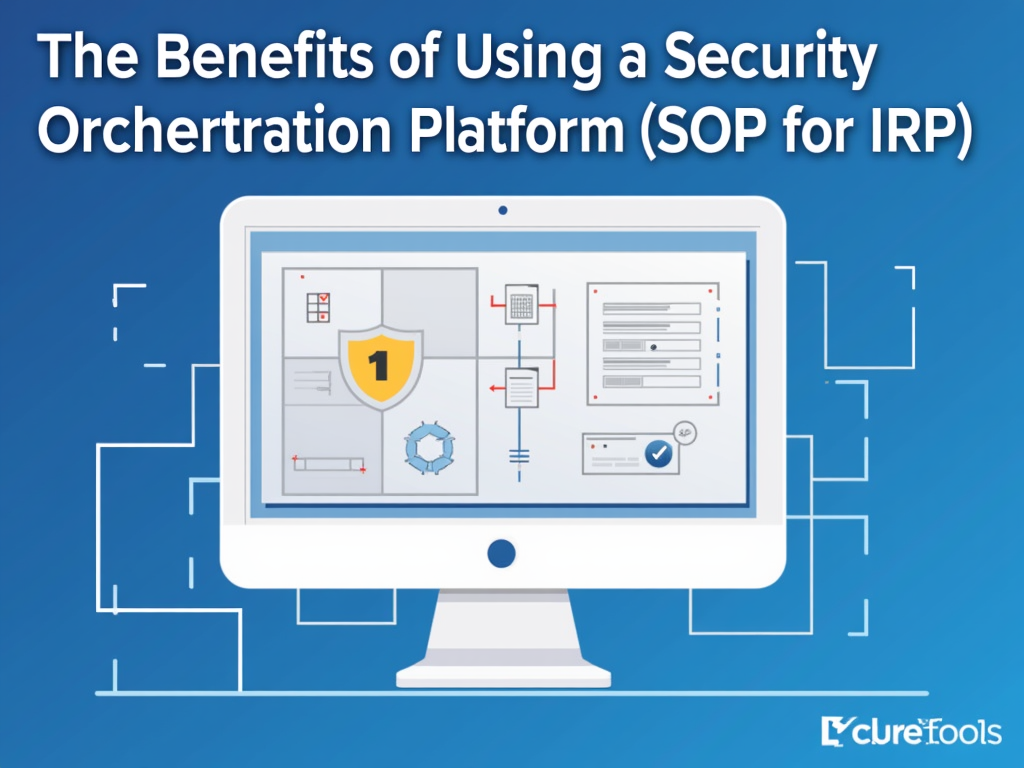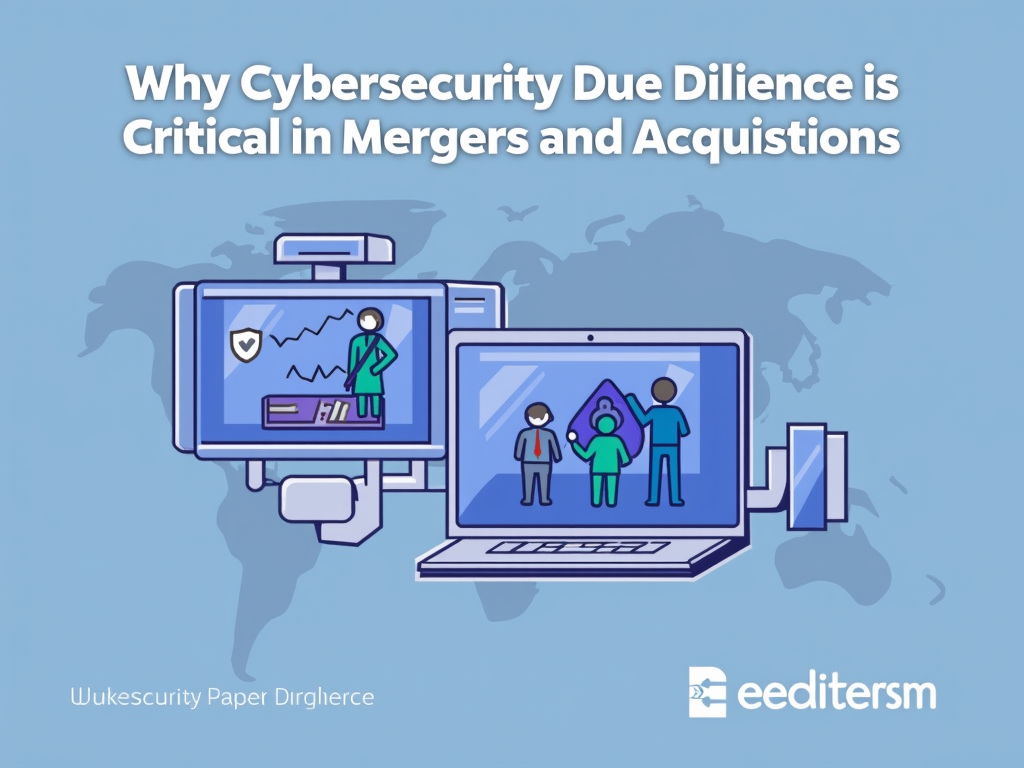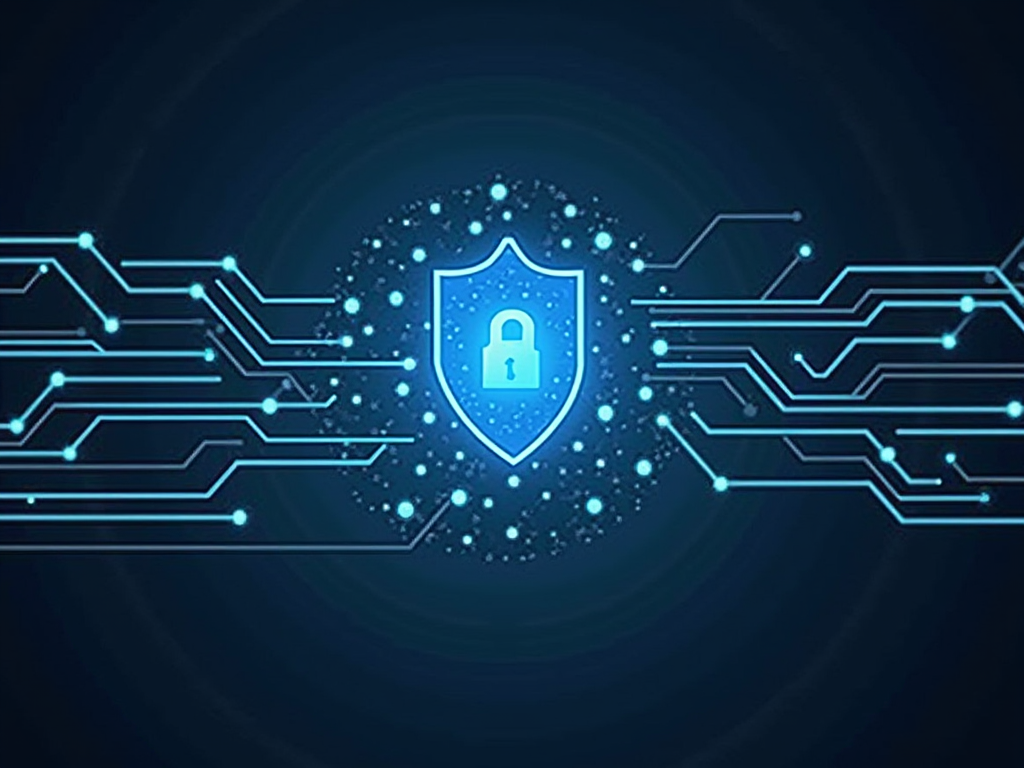Using the SANS 20 Critical Controls as a Guide for Cybersecurity
The ever-evolving landscape of cybersecurity presents numerous challenges for organizations seeking to protect their digital assets. With increasing reliance on technology, it’s essential to adopt proactive measures to safeguard against potential threats. One such approach is utilizing the SANS 20 Critical Controls (C2) as a comprehensive guide for cyber security.
What are the SANS 20 Critical Controls?
The SANS C2 framework provides a set of prioritized controls that focus on reducing and mitigating the most critical cybersecurity risks. These 20 controls are categorized into five domains:
- Access Control (AC): Ensuring users have appropriate access to sensitive data and systems.
- Awareness, Training, and Vulnerability Management (ATVM): Educating personnel about cybersecurity best practices and identifying vulnerabilities for remediation.
- Boundary Controls (BC): Defining and enforcing network boundaries to prevent unauthorized access or data exfiltration.
- Identification, Authentication, and Authorization (IAA): Validating user identities, authenticating users, and authorizing access to resources.
- Maintenance, Incident Response, and Lessons Learned (MIRLL): Developing incident response plans, conducting regular maintenance activities, and continuously learning from experiences.
How Can the SANS 20 Critical Controls Guide Your Cybersecurity Efforts?
By adopting the SANS C2 framework as a guide, organizations can:
Improve Governance
The C2 framework encourages robust governance practices, such as establishing a cyber security committee, defining incident response procedures, and conducting regular risk assessments.
Enhance Vulnerability Management
The ATVM domain highlights the importance of identifying vulnerabilities and implementing remediation measures to minimize exploitation risks. This includes regular software updates, patch management, and penetration testing.
Strengthen Access Control
By implementing effective access controls (AC), organizations can restrict user privileges, monitor login activities, and enforce strong authentication mechanisms.
Optimize Network Security
The BC domain emphasizes the importance of network segmentation, configuring firewalls to block unauthorized traffic, and implementing intrusion detection systems (IDS).
Enhance Identity and Authentication
The IAA domain promotes robust identity validation, enforcing multi-factor authentication (MFA), and monitoring user login activities for suspicious behavior.
Implementing the SANS 20 Critical Controls: A Step-by-Step Guide
- Conduct a Risk Assessment: Identify potential threats to your organization’s digital assets and prioritize controls accordingly.
- Establish a Cybersecurity Committee: Assemble a team responsible for overseeing cybersecurity initiatives, developing incident response plans, and conducting regular risk assessments.
- Develop an Incident Response Plan: Create a comprehensive plan outlining procedures for responding to cyber-attacks, data breaches, or system compromise.
- Implement Vulnerability Management Practices: Regularly identify, assess, and remediate vulnerabilities in software, systems, and networks.
- Enforce Strong Access Controls: Restrict user privileges, monitor login activities, and enforce strong authentication mechanisms.
- Configure Network Security: Implement network segmentation, configure firewalls to block unauthorized traffic, and deploy IDS systems.
- Enhance Identity and Authentication: Validate user identities, enforce MFA, and monitor user login activities for suspicious behavior.
Conclusion
The SANS 20 Critical Controls provide a valuable framework for organizations seeking to strengthen their cyber security posture. By adopting these controls as a guide, you can improve governance, enhance vulnerability management, strengthen access control, optimize network security, and enhance identity and authentication. Remember to conduct regular risk assessments, establish a cybersecurity committee, and implement the C2 controls in a phased approach.
Additional Resources
- SANS Institute: C2 Framework
- NIST Cybersecurity Framework: CSF
By following this comprehensive guide, you’ll be well on your way to implementing robust cyber security measures and minimizing the risk of potential threats.



